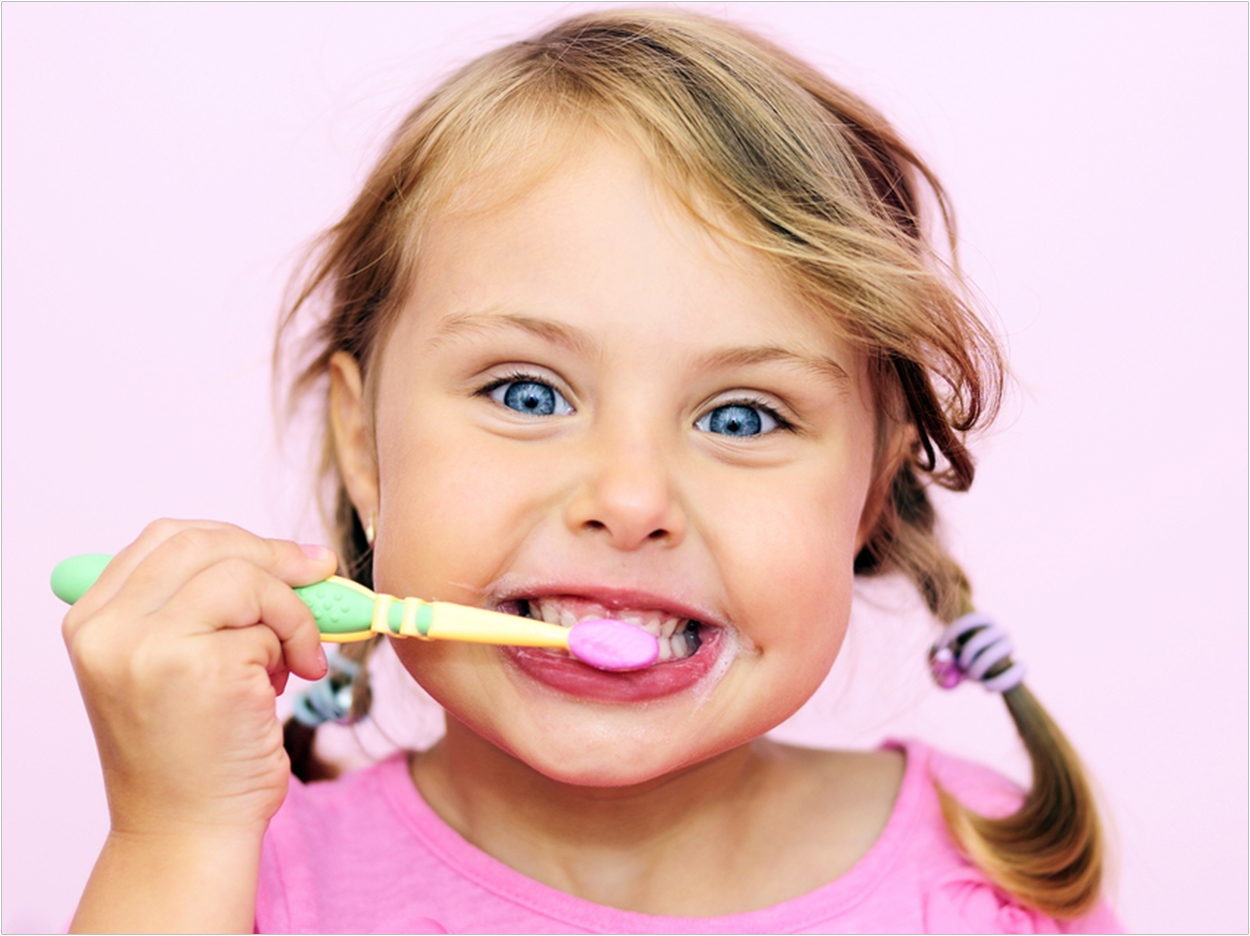
The dental community universally recommends that children should brush their teeth twice a day with a fluoride toothpaste and drink fluoridated water to prevent tooth decay. But according to the Centers for Disease Control and Prevention (CDC), many children use too much toothpaste, potentially leading to discolored and pitted permanent teeth.
The American Academy of Pediatrics (AAP), the American Academy of Pediatric Dentistry, and the ADA all say that children under the age of three should only use a smear of toothpaste about the size of a grain of rice. Older children should use a drop of toothpaste about the size of a pea.
However, the CDC found that 28.7% of children between the ages of 3 and 15 use a half-load of toothpaste while brushing, while 31.4% use a full load of toothpaste. Specifically among children between the ages of 3 and 6, 12.4% used a smear, 49.2% used a pea-sized amount, 20.6% used a half-load, and 17.8% used a full load.
Meanwhile, the dental community agrees that parents should start using toothpaste with their children when the first tooth erupts, which usually happens as early as six months, with fluoride toothpaste beginning at 2 years. The CDC found that 9.0% of children began toothpaste use at less than a year old, 35.2% at a year, 32.7% at two years, and 23.1% at 3 years or older.
The CDC further found that only 60.5% of children between the ages of 3 and 15 brush twice a day. To improve these numbers, the CDC and AAP have begun collaborating to develop messages targeting pregnant women and new mothers about recommended toothbrushing practices. They note that parental supervision is critical as children begin brushing.
These findings are based on an analysis of data from the National Health and Nutrition Examination Survey 2013 to 2016 cycle, including 5,157 children aged 3 to 15. The CDC notes that data may be limited due to the use of parental self-reporting, its estimations of previous toothpaste use, and its lack of specifying fluoridated or non-fluoridated toothpaste in use.
The CDC adds that while children are engaging in appropriate oral hygiene, their practices are not optimal. The organization encourages healthcare professionals to educate parents and caregivers about recommended practices to ensure that children are getting the maximum preventive effect by using the correct amount of fluoride under parental supervision.
Related Articles
Half of Kids Lie About Brushing Their Teeth
Free Tongue Cleaners Offered With Striped Toothbrush Protectors
Toothbrush Reaches All Tooth Surfaces for More Effective Cleaning












